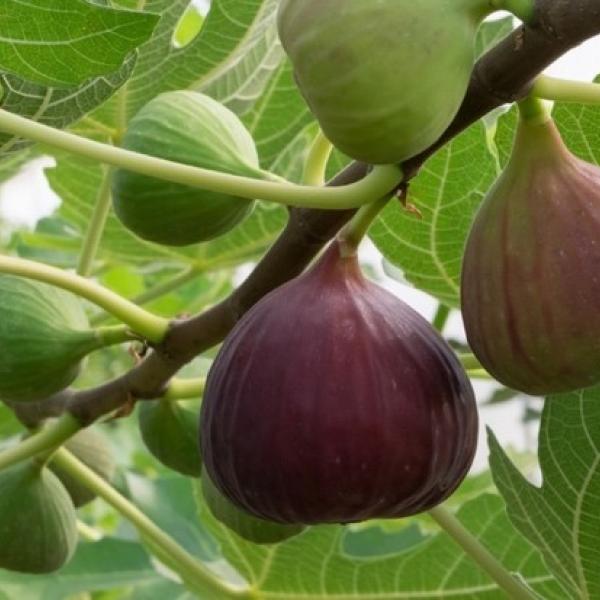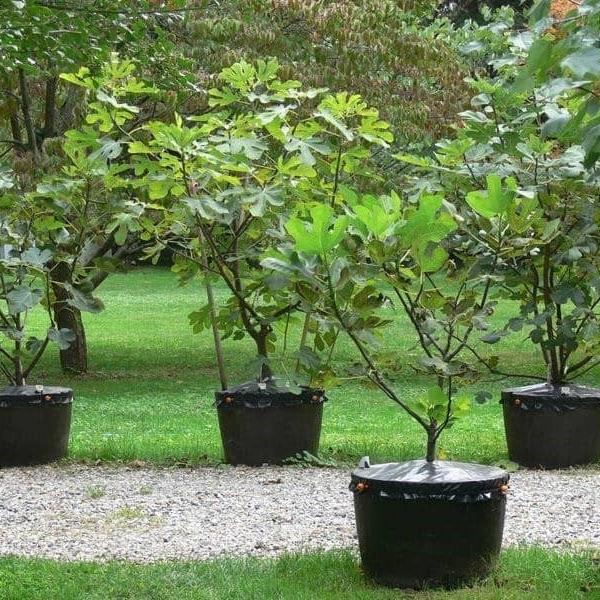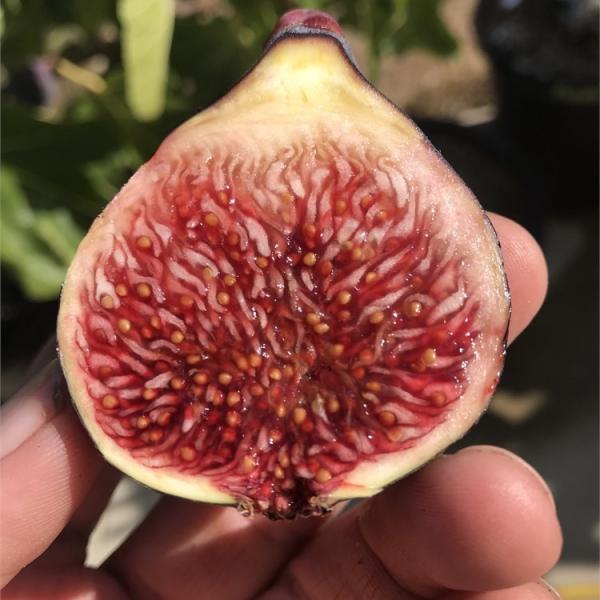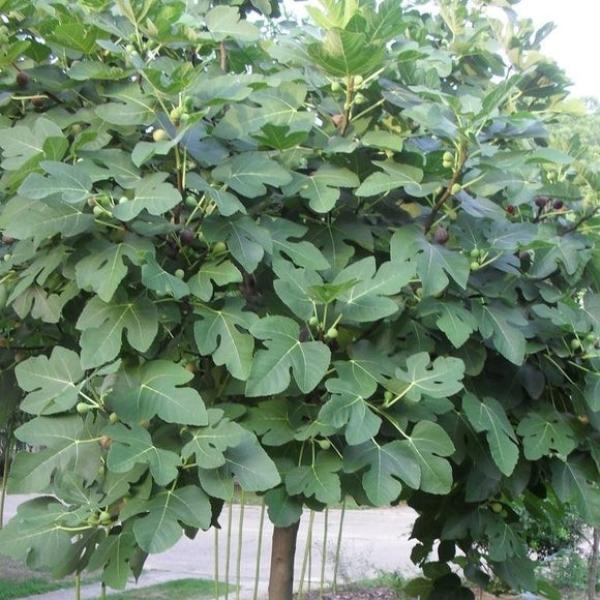by Vancouver Island Master Gardeners Association
Question:
How do I plant and care for my fig tree?
Answer:
Fig trees are beautiful, tropical looking trees with smooth gray bark. To have successful harvests, the right tree needs to be grown in the Pacific Northwest. Those varieties suited to our climate would be: Brown Turkey; Peter’s Honey (a type of Italian honey fig that bears a good first crop of very sweet, straw-colored fruit); Desert King (bears a single, late summer crop of reliable, large green fruit that is pink inside). Fig trees here will often have two crops but only the figs from the first crop will ripen.
Fig trees grow best in well-drained soil and prefer a higher pH (6.0 – 7.8) than other garden plants. The best location for a fig tree would be against the house or rock wall where the reflected heat will help ripen the fruit. Their spot should the warmest site in the yard. Figs should not be fed too much nitrogen in a fertilizer as the tree will produce more leaves than fruit. Mulch around the tree trunk to protect it in the winter. An unpruned fig tree could grow to 30 ft. but they can be pruned to smaller sizes and produce good crops. Figs are produced on the new growth from last summer, so it is not advised to cut the ends of the branches when the plant is dormant as that can remove the next crop. Only remove crossed or crowded branches when trees are dormant. During the growing season, only remove the tips of branches but only after five or six leaves have appeared on the new growth at the end of the branch. Every year a few whole branches, older than two years should be removed to contain the tree keeping it at a reasonable height. If the winter temperature goes below 14 degrees F or -10 degrees C, the tips of fig trees can be damaged but fortunately, most of the tree will be fine.
Fig trees are always the last fruit trees to get their leaves in the spring which is helpful to know when watching for new growth. Figs once picked do not ripen so it is important to leave the fruit on the tree until completely ripe. Ripe figs droop as the neck collapses when they are ready, almost falling off the tree. Figs do not keep at all but are so sweet when eaten fresh, frozen, or dried.
Fig trees, unbelievably, can be grown in containers. These fruit trees will become very root bound but with sufficient water and fertilizer they continue to produce crops for about a decade. Figs in containers can grow to 10 ft in height.
Common pests of fig trees are raccoons, yellowjacket wasps and birds that all feed on the juice oozing from the cracks in the ripe fruit. Picking the fruit when ripe is important to ensure crops before pests consume all. Protecting trees from pests may be necessary.
For gardening questions in the growing season, contact the Gardening Advice Line.





